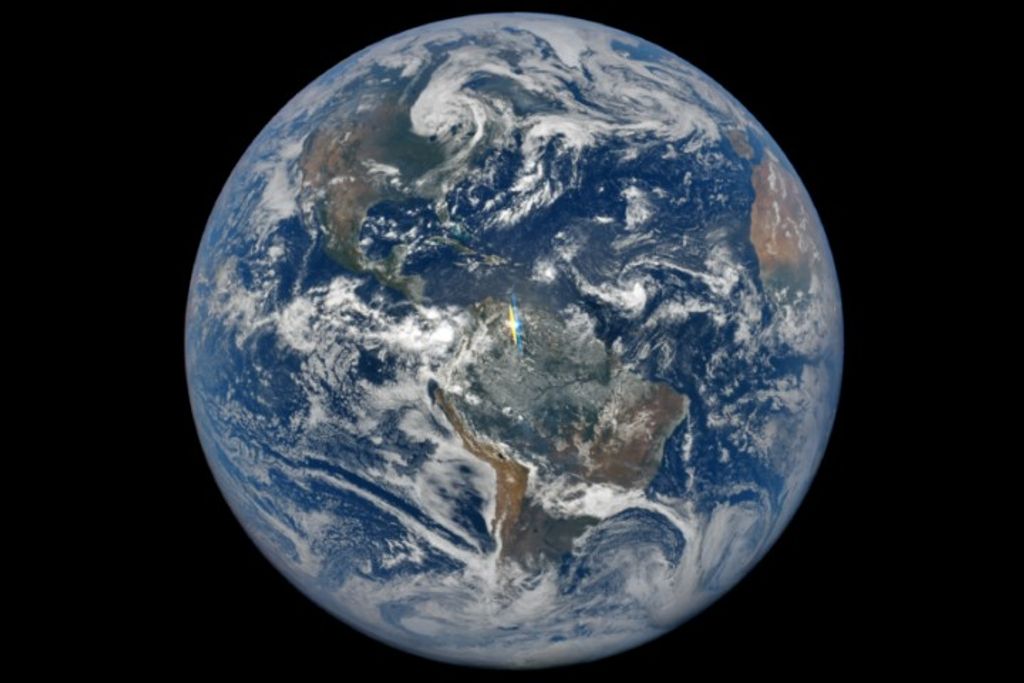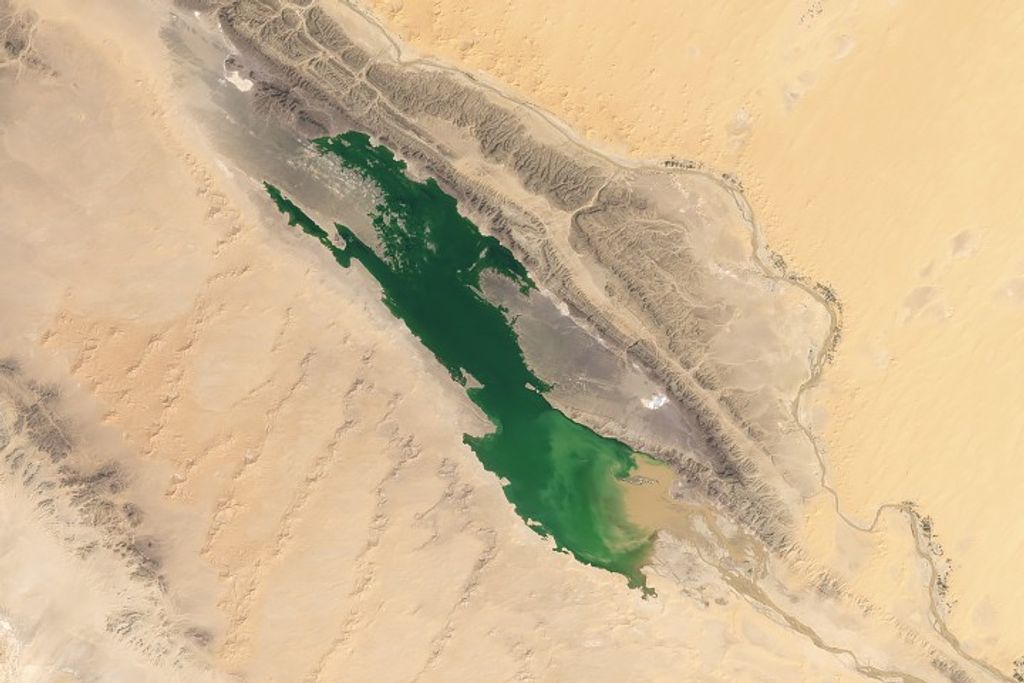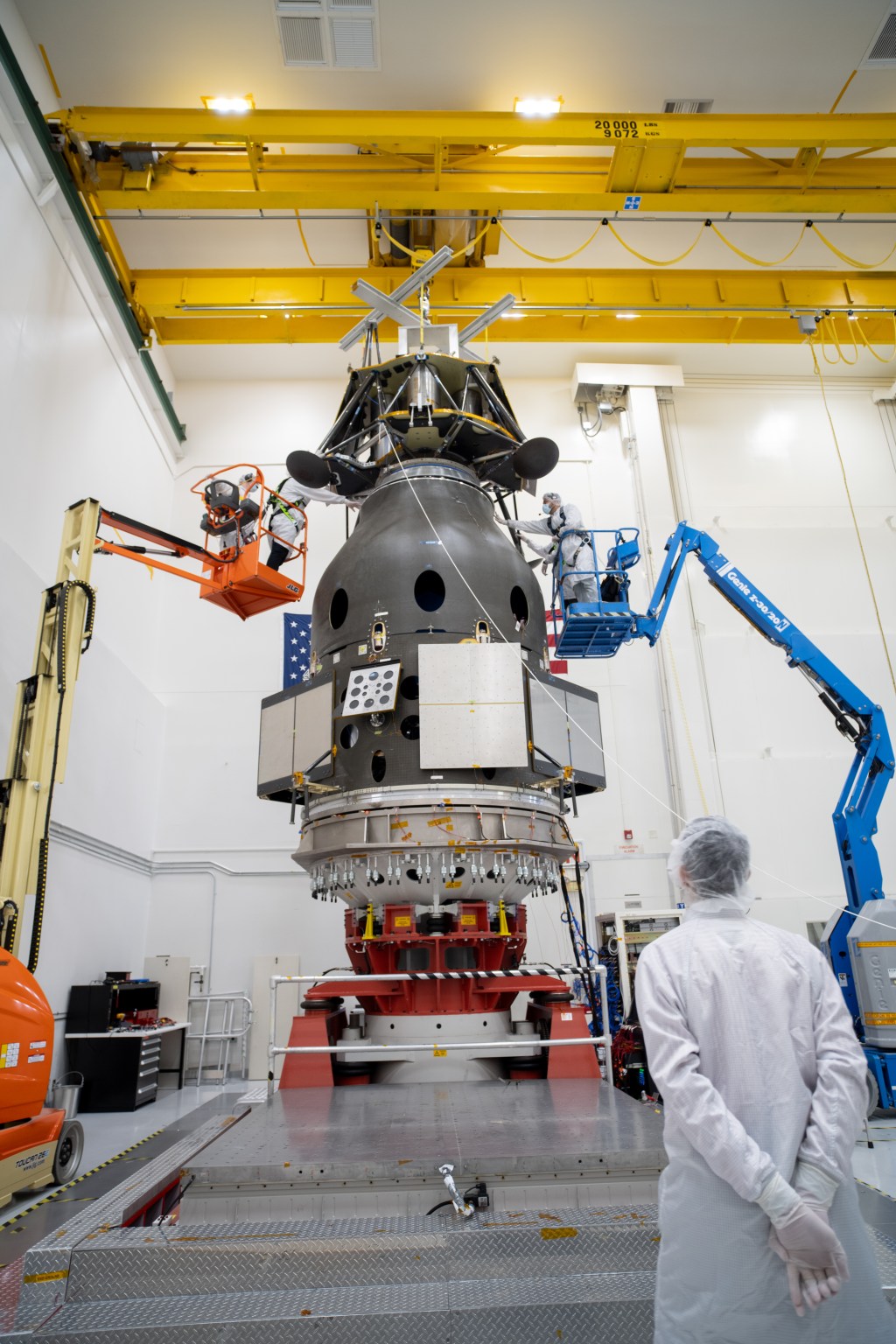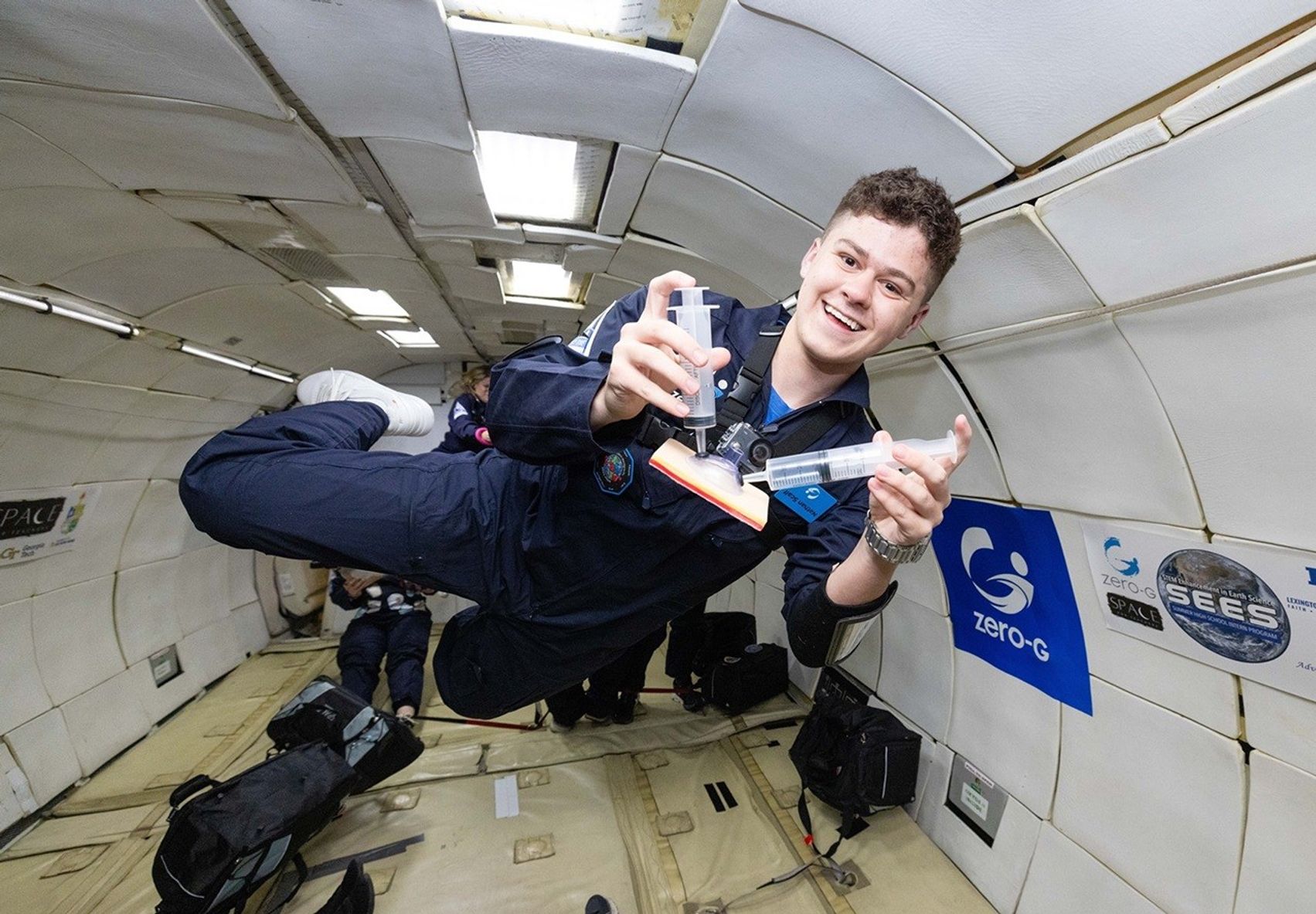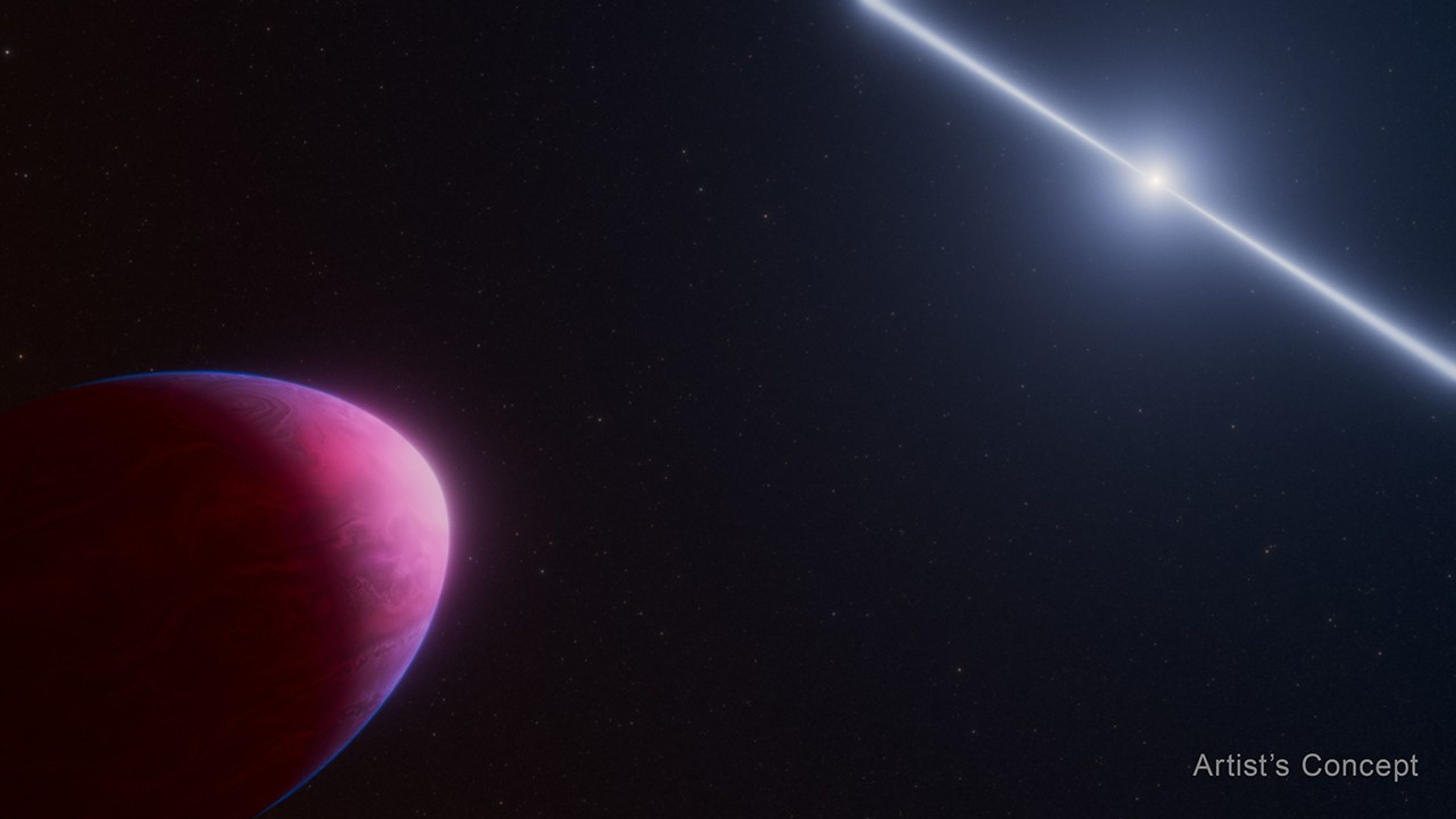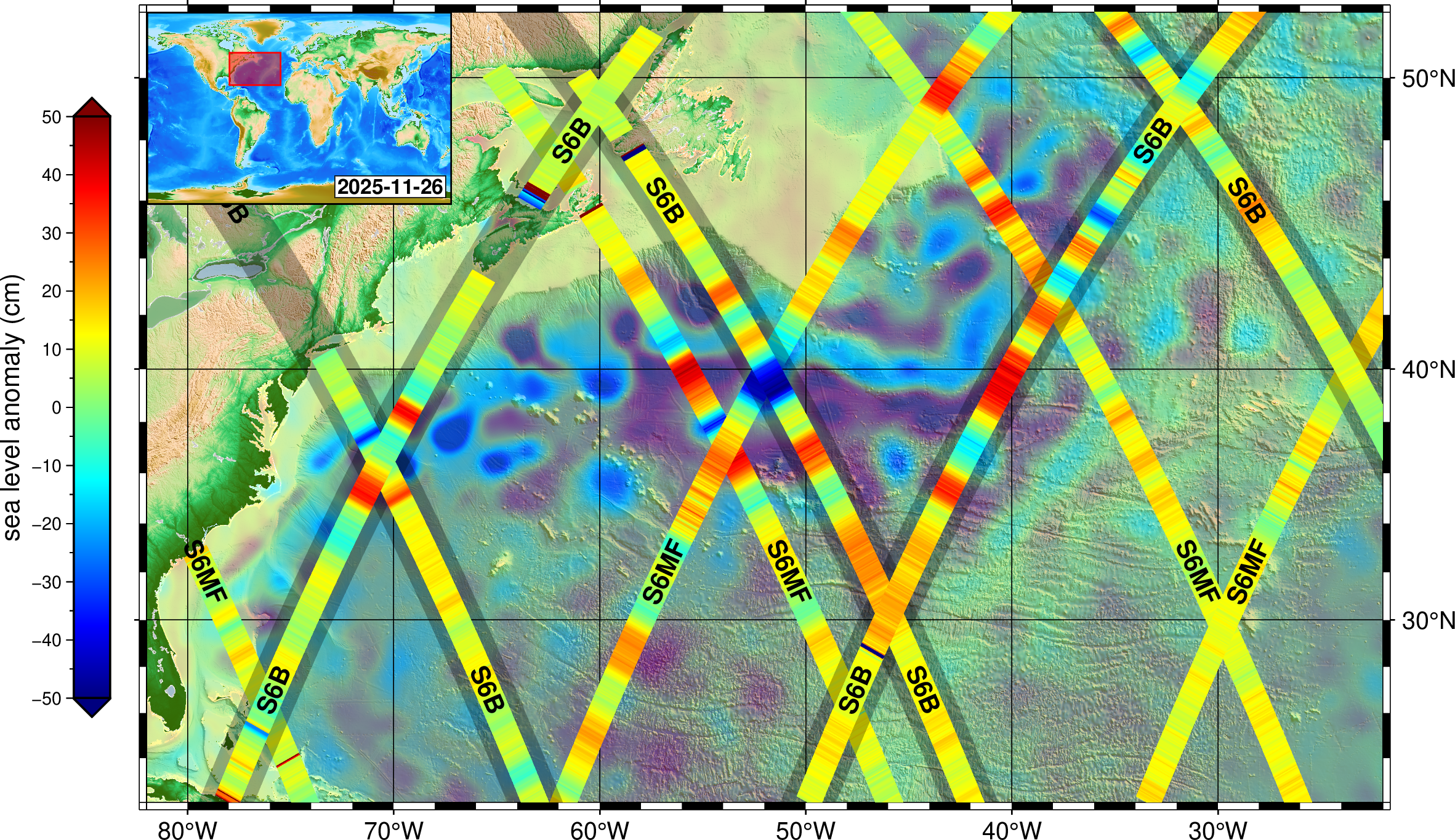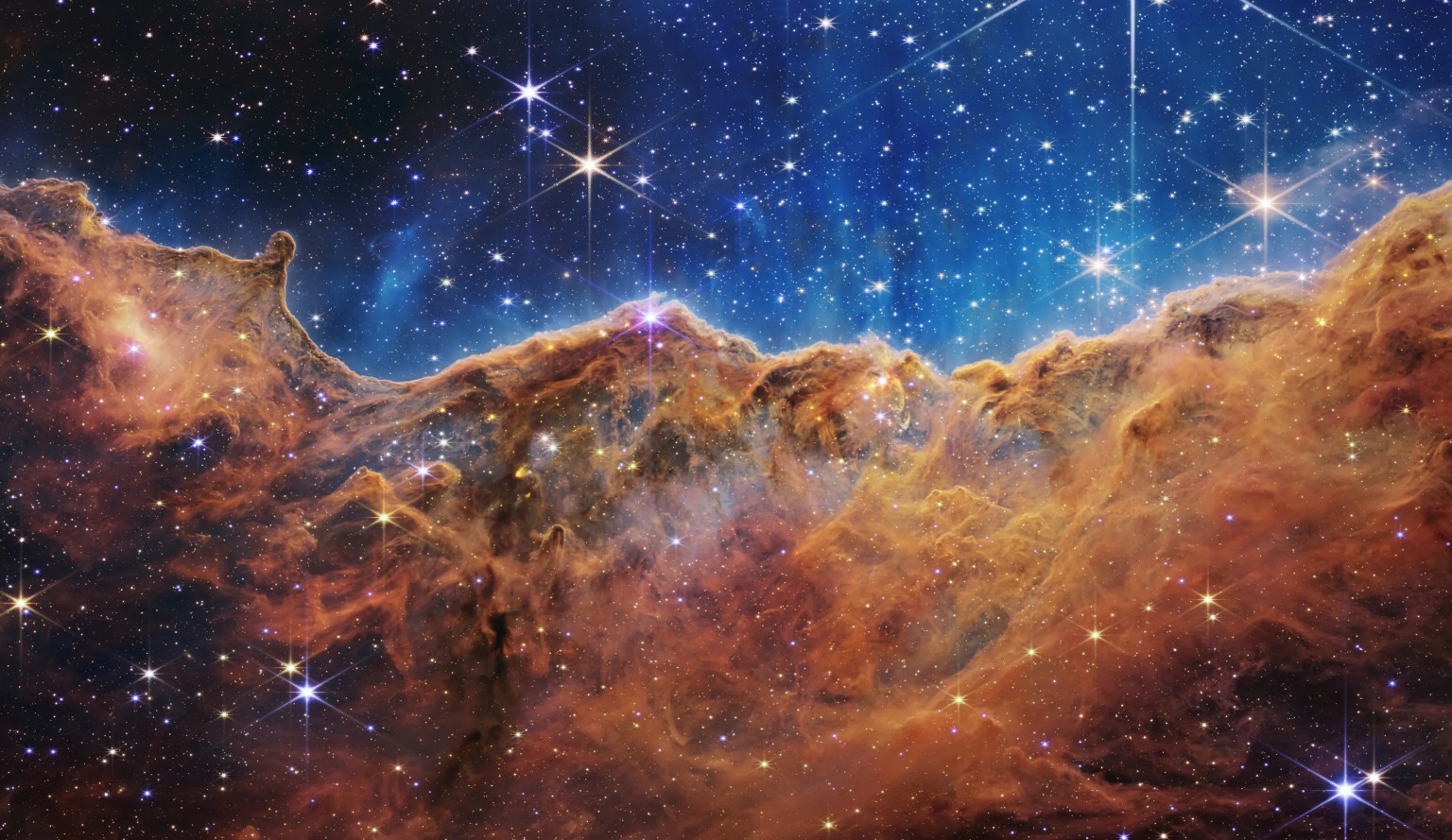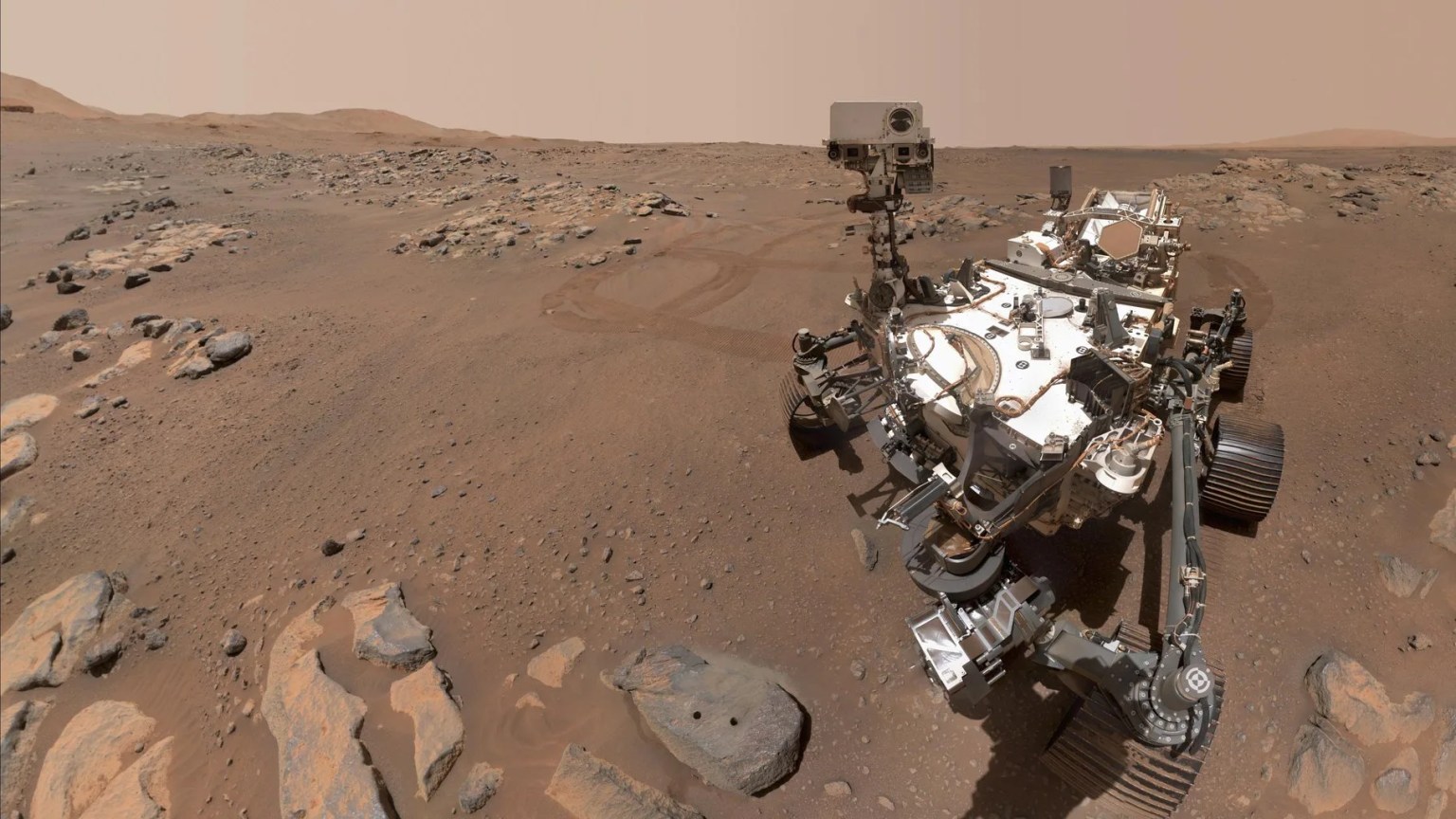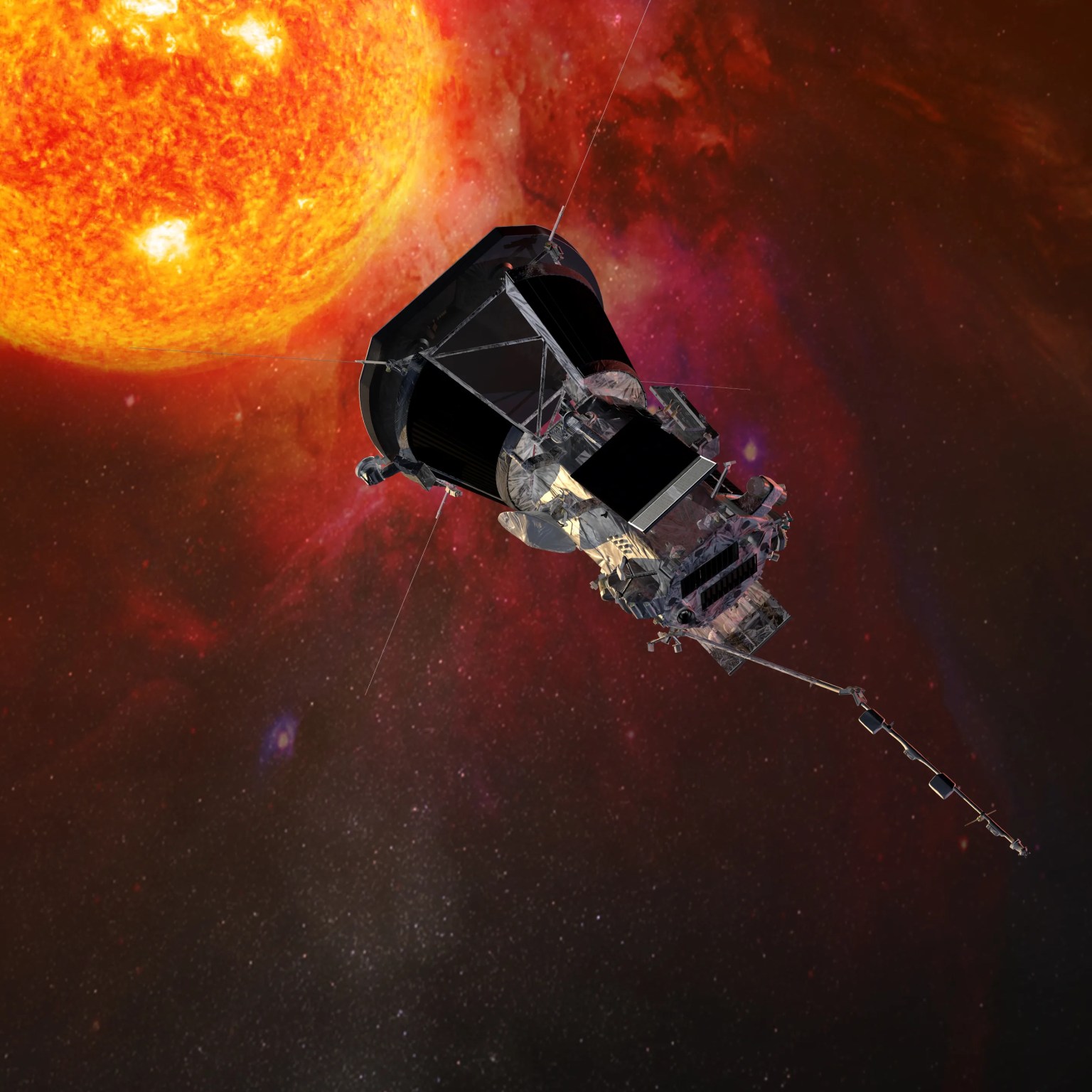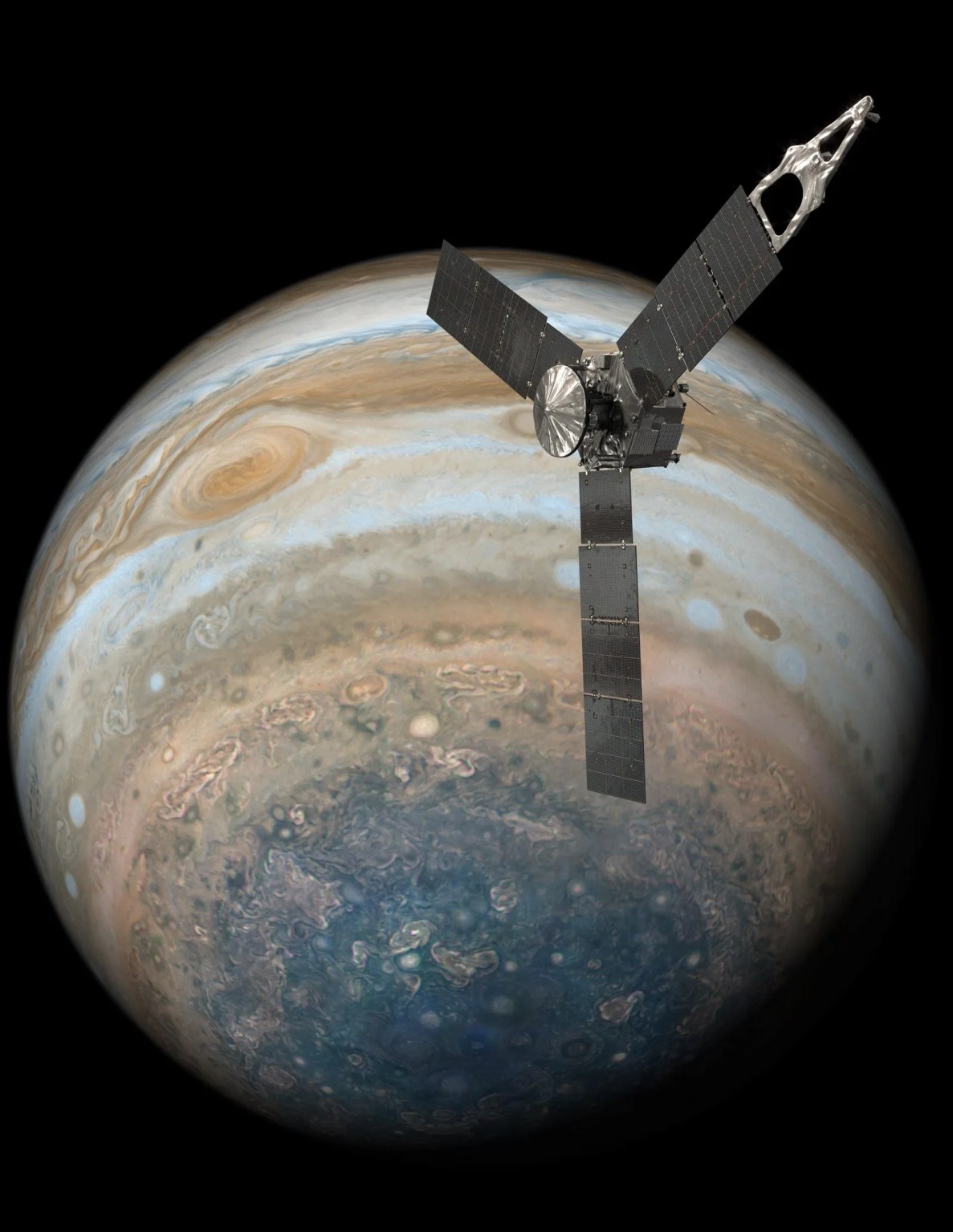The NASA Science Activation program's STEM (Science, Technology, Engineering, and Mathematics) Enhancement in Earth Science (SEES) Summer Intern Program, hosted by the University of Texas Center for Space Research, continues to expand opportunities for high school students to engage in authentic spaceflight research. As part of the SEES Microgravity Research initiative, four interns were selected to fly with their experiments in microgravity aboard the ZERO-G parabolic aircraft. The students had 11 minutes of weightlessness over 30 parabolas in which to conduct their experiments.
This immersive experience was made possible through a collaboration between SEES, Space for Teachers, the Wisconsin Space Grant Consortium, and the International Space Station National Laboratory (CASIS). Together, these partners provide students with access to industry-aligned training and direct experience in aerospace experiment design, testing, and integration.
Congratulations to the 2025 SEES Microgravity Research Team:
- Charlee Chandler, 11th grade, Rehobeth High School (Dothan, AL): Galvanic Vestibular Stimulation (GVS) and Vestibular-Ocular Reflex (VOR) in Microgravity
- Aya Elamrani-Zerifi, 11th grade, Hereford High School (Parkton, MD): Thermocapillary-Induced Bubble Dynamics
- Lily Myers, 12th grade, Eastlake High School (Sammamish, WA): Propellant Slosh Damping Using Polyurethane Foam
- Nathan Scalf 11th grade, Lexington Christian Academy (Lexington, KY): Wound Irrigation System for Microgravity
Selected from nearly 100 proposals submitted by 2024 SEES interns, these four students spent months preparing for flight through weekly technical mentorship and structured milestones. Their training included proposal development, design reviews, safety assessments, hardware testing, and a full payload integration process, working through engineering protocols aligned with industry and mission standards.
In addition to their individual experiments, the students also supported the flight of 12 team-designed experiments integrated into the ZQube platform, a compact research carrier co-developed by Twiggs Space Lab, Space for Teachers, and NASA SEES. The ZQube enables over 150 SEES interns from across the country to contribute to microgravity investigations. Each autonomous experiment includes onboard sensors, cameras, and transparent test chambers, returning valuable video and sensor data for post-flight analysis.
This microgravity research opportunity supports the broader SEES mission to prepare students for careers in aerospace, spaceflight engineering, and scientific research. Through direct engagement with NASA scientists, academic mentors, and commercial aerospace experts, students gain real-world insight into systems engineering and the technical disciplines needed in today’s space industry.
The SEES summer intern program is a nationally competitive STEM experience for 10th-11th grade high school students. Interns learn how to interpret NASA satellite data while working with scientists and engineers in their chosen area of work, including astronomy, remote sensing, and space geodetic techniques to help understand Earth systems, natural hazards, and climate. It is supported by NASA under cooperative agreement award number NNX16AB89A and is part of NASA’s Science Activation Portfolio. Learn more about how Science Activation connects NASA science experts, real content, and experiences with community leaders to do science in ways that activate minds and promote deeper understanding of our world and beyond: https://science.nasa.gov/learn/about-science-activation/








